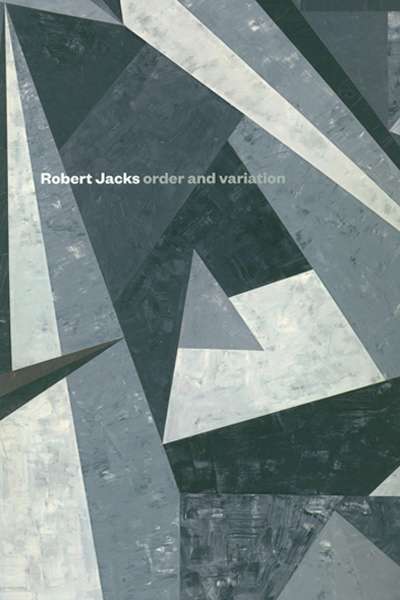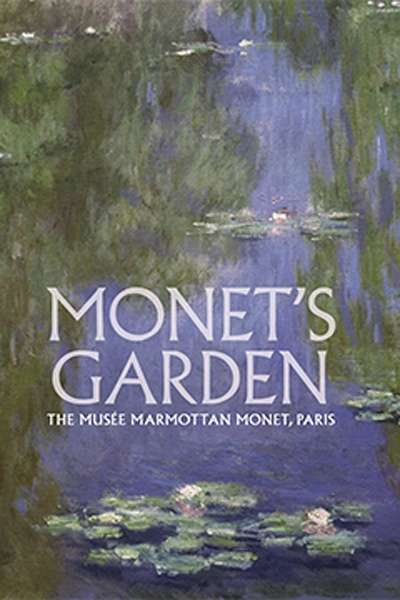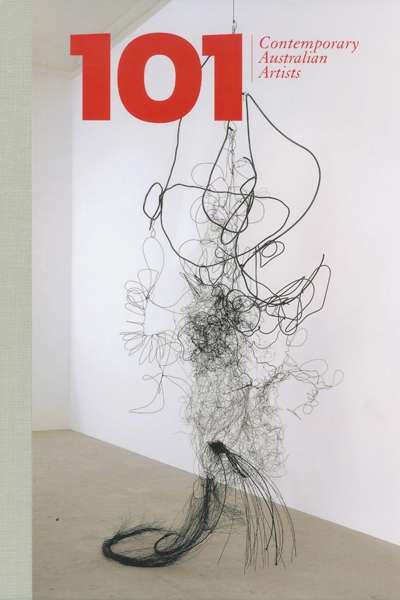National Gallery of Victoria
Escher X nendo | Between Two Worlds (National Gallery of Victoria)
With a needle on cloth, Mary Jane Hannaford preserved her sharp observations of people as stout appliquéd figures set amidst interpretative renditions of Australian animals. Late in life she embroidered favourite verses and slyly captioned her pictures in quilts for her family. Close to one hundred ...
... (read more)Degas: A new vision is an exhibition of 206 works selected and presented by Henri Loyrette, the distinguished Degas scholar, former director of the Musée d'Orsay and subsequently director of the Musée du Louvre. In its range and variety the exhibition confirms the verdict of the writer and critic ...
... (read more)Jan Senbergs: Observation-Imagination is a major retrospective survey of this artist's long career. The 120 works selected for exhibition range from his formative years in the 1960s to 2014. They show Senbergs moving freely to create a stylistic identity that draws upon, yet stands decisively ...
... (read more)The pleasures of looking at pictures from a young age inspired Albert Ullin. At the opening of this exhibition to mark his donation of eighty works by Australian children’s book illustrators to National Gallery of Victoria, he expressed the hope that they would be recognised as mainstream art.
Masterpieces from the Hermitage: the Legacy of Catherine the Great (NGV International)
Eight galleries of NGV International have been radically reshaped to host Masterpieces from the Hermitage, invoking the world of unbounded opulence of Russia’s Catherine the Great (1729–96). The installation, designed by the NGV’s Ingrid Ruhle, is dazzling, mimicking as it does the grand style of the State Hermitage Museum and incorporating some ...








